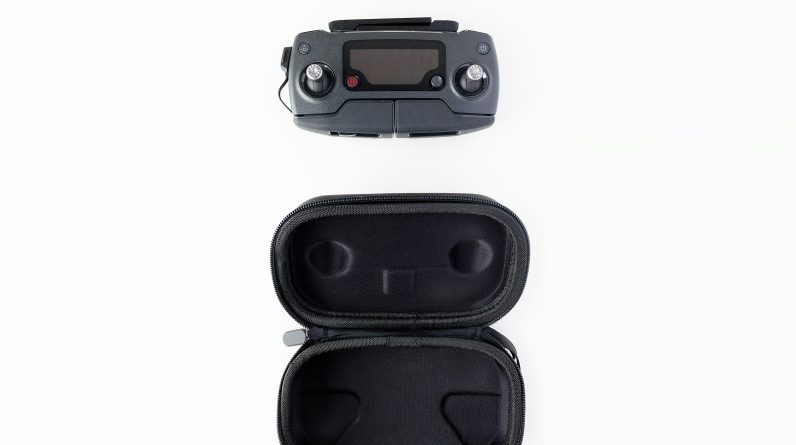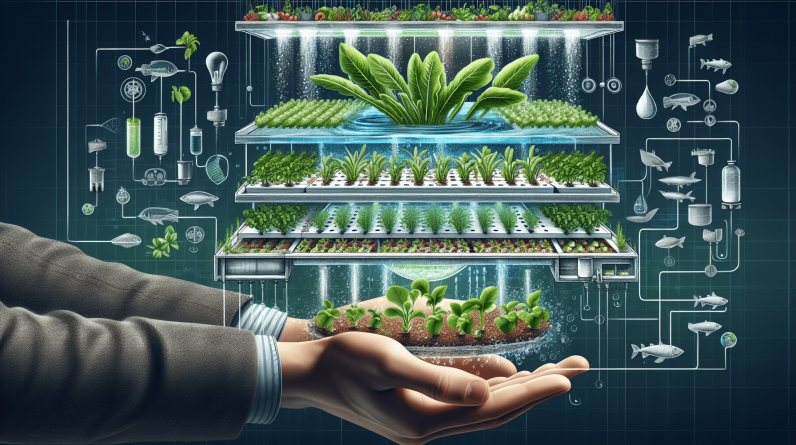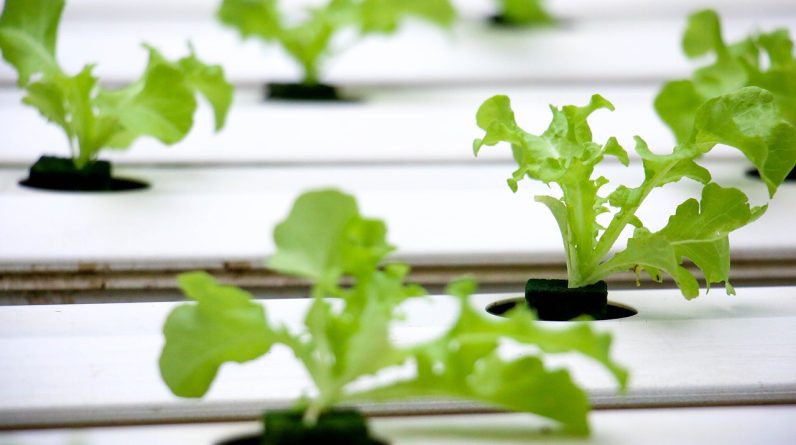
Welcome to the world of hydroponic growing! This innovative method of gardening offers a plethora of benefits, including faster plant growth, increased crop production, and conservation of water resources. By providing a nutrient-rich solution directly to the roots, hydroponic systems eliminate the need for soil and reduce the risk of soil-borne diseases and pests. This sustainable and efficient approach allows for year-round cultivation regardless of external weather conditions, resulting in healthier plants and fresher produce. Dive into the world of pest control in hydroponic growing to learn more about how to keep your plants thriving and pest-free. Have you ever considered growing your own fruits, vegetables, or herbs using hydroponics? If you’re new to hydroponic growing, you might be wondering how to effectively manage pest control in such a unique gardening system. Don’t worry; you’re not alone in your curiosity! This article will guide you through everything you need to know about pest control in hydroponic growing, ensuring that you can achieve successful and healthy harvests right from the comfort of your home.
Understanding Pest Control in Hydroponic Growing
When it comes to hydroponic growing, pest control is a crucial aspect of maintaining the health and productivity of your plants. In traditional soil-based gardening, pests such as insects, mites, and diseases have easy access to plants through the soil. However, in hydroponics, where plants are grown in a soil-less environment, the risk of pest infestations is generally lower.
Why is Pest Control Necessary in Hydroponic Systems?
Although hydroponic systems reduce the risk of soil-borne diseases and pests, they are not completely immune to pest infestations. Pests can still find their way to your plants, either through contaminated water sources, airborne transmission, or even by hitching a ride on your clothing or tools. Ignoring pest control in hydroponic systems can lead to devastating consequences, such as stunted growth, reduced yields, and ultimately the loss of your entire crop.
But fear not! With the right knowledge and strategies, you can effectively manage pest control in hydroponic growing and ensure the success of your indoor garden.
Common Pests in Hydroponic Systems
Before delving into pest control methods, let’s first identify some of the most common pests that you may encounter in your hydroponic system. By understanding the behavior and characteristics of these pests, you can better prepare yourself to combat them effectively.
Aphids
Aphids are small, soft-bodied insects that feed on the sap of plants, causing damage to the leaves and stems. They reproduce quickly, making them a common nuisance in hydroponic systems. Look out for clusters of aphids on the undersides of leaves or around new growth.
Whiteflies
Whiteflies are tiny, white insects that resemble small moths. They feed on plant sap, leading to yellowing leaves, stunted growth, and the transmission of plant diseases. Whiteflies are often found on the undersides of leaves and can quickly infest a hydroponic setup.
Spider Mites
Spider mites are extremely small arachnids that feed on plant sap, causing stippling, discoloration, and webbing on the leaves. These pests thrive in warm, dry conditions and can quickly spread throughout your hydroponic garden if left unchecked.
Thrips
Thrips are slender insects with fringed wings that feed on plant tissue, causing distorted leaves, silvering, and black fecal deposits. These pests are challenging to spot due to their small size and fast movement, making them a common threat to hydroponic crops.
Fungus Gnats
Fungus gnats are small, dark-colored flies that lay their eggs in moist growing media. The larvae feed on roots and organic matter, leading to root damage and reduced nutrient uptake. Adult fungus gnats can be seen hovering around your plants, especially in the presence of high humidity.
Root Rot Pathogens
Root rot pathogens, such as Pythium and Fusarium, are fungal organisms that thrive in waterlogged conditions. These pathogens attack plant roots, causing wilting, yellowing leaves, and eventual plant death. Preventing and managing root rot is essential for maintaining healthy plants in hydroponic systems.
Preventative Measures for Pest Control in Hydroponics
The best way to deal with pests in hydroponic systems is through prevention. By implementing these preventative measures, you can minimize the risk of pest infestations and maintain a healthy growing environment for your plants.
1. Start with Clean and Sterile Equipment
Before setting up your hydroponic system, make sure all equipment, including containers, reservoirs, and tools, is thoroughly cleaned and sterilized. This helps prevent the introduction of pests, diseases, and pathogens into your growing environment.
2. Monitor and Maintain Proper Environmental Conditions
Pests thrive in specific environmental conditions, such as high humidity, warm temperatures, and poor air circulation. By monitoring and maintaining the ideal conditions for your plants, you can minimize the risk of pest infestations. Use a thermometer and hygrometer to keep track of temperature and humidity levels in your grow room.
3. Inspect Plants Regularly
Regularly inspect your plants for signs of pest infestations, such as yellowing leaves, holes in foliage, or sticky residue on leaves. Early detection is key to preventing pests from spreading and causing extensive damage to your crops.
4. Implement Quarantine Measures
If you suspect that a plant is infested with pests or diseases, isolate it from the rest of your hydroponic setup immediately. Quarantine the affected plant in a separate area to prevent the spread of pests to healthy plants.
5. Use Pest-Resistant Plant Varieties
Choosing pest-resistant plant varieties for your hydroponic garden can help reduce the risk of pest infestations. Research different plant species and cultivars that are naturally resistant to common pests in your area.
Biological Pest Control Methods for Hydroponics
Biological pest control methods involve the use of living organisms to manage pest populations in hydroponic systems. These methods are eco-friendly, sustainable, and effective in controlling pests without the need for harsh chemicals.
1. Beneficial Insects
Introducing beneficial insects, such as ladybugs, lacewings, and predatory mites, to your hydroponic garden can help control pest populations naturally. These predatory insects feed on common pests like aphids, whiteflies, and spider mites, reducing their numbers and preventing infestations.
2. Nematodes
Beneficial nematodes are microscopic roundworms that actively seek out and parasitize pest insects in the soil. By releasing nematodes into your hydroponic system, you can effectively control soil-dwelling pests like fungus gnats and root aphids.
3. Microbial Insecticides
Microbial insecticides, such as Bacillus thuringiensis (Bt) and Beauveria bassiana, contain beneficial bacteria and fungi that target specific pest insects. These natural products are safe to use in hydroponic systems and can effectively control pests without harming beneficial insects or plants.

Mechanical Pest Control Methods for Hydroponics
Mechanical pest control methods involve physical barriers or traps to prevent pests from infesting your hydroponic garden. These methods are non-toxic, environmentally friendly, and can be easily implemented in indoor growing environments.
1. Sticky Traps
Sticky traps, also known as yellow or blue traps, are adhesive sheets that attract and capture flying insects like whiteflies, fungus gnats, and thrips. Place these traps strategically around your plants to monitor pest populations and reduce their numbers.
2. Physical Barriers
Creating physical barriers, such as row covers or fine mesh screens, can help prevent pests from reaching your plants. These barriers block access to insects while allowing air circulation and light penetration for healthy plant growth.
3. Vacuuming
Using a small handheld vacuum cleaner, you can manually remove pests from your plants without the need for chemicals. Simply gently vacuum the affected areas, such as the undersides of leaves or growing media, to eliminate pests and prevent further infestations.
Integrated Pest Management (IPM) in Hydroponic Systems
Integrated Pest Management (IPM) is a holistic approach to pest control that combines multiple strategies to achieve long-term pest management goals. By incorporating IPM principles into your hydroponic system, you can effectively control pests while minimizing environmental impact and ensuring the health of your plants.
1. Pest Monitoring
Regularly monitor your plants for signs of pest infestations, such as damage, fecal deposits, or insect sightings. Keep a journal or diary to track pest populations, weather conditions, and trends over time.
2. Cultural Controls
Implement cultural controls, such as crop rotation, companion planting, and pruning, to minimize the risk of pests in your hydroponic garden. These practices create a balanced ecosystem that is less susceptible to pest infestations.
3. Chemical Controls
As a last resort, consider using chemical controls to manage severe pest infestations in your hydroponic system. Choose organic pesticides or insecticidal soaps that are approved for use in hydroponic gardening and follow application instructions carefully.
4. Regular Maintenance
Maintain your hydroponic system regularly by cleaning equipment, changing nutrient solutions, and inspecting plants for signs of stress. Healthy plants are more resilient to pest attacks and can better withstand environmental challenges.

Conclusion
In conclusion, pest control in hydroponic growing is essential for maintaining healthy and productive plants in your indoor garden. By understanding the common pests that can affect your hydroponic system, implementing preventative measures, and utilizing biological and mechanical pest control methods, you can effectively manage pest infestations and achieve successful harvests.
Remember, a proactive approach to pest control is key to preventing and managing infestations in your hydroponic system. Stay vigilant, stay informed, and enjoy the abundance of fresh, nutritious crops that hydroponic growing has to offer. Happy gardening!
Related Content
- The Ultimate 2025 Guide to the Best Vertical Hydroponic Systems for Max Yield
- 10 Effective Hydroponic Vegetables to Grow in 2025: The Ultimate Guide
- Can Hydroponic Farming Help Fight Climate Change?
- The Ultimate Guide to 10 Effective Hydroponic Grow Lights for 2025
- Benefits of Hydroponic Farming in Small Spaces











